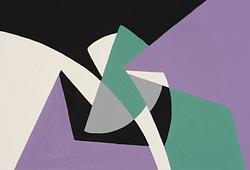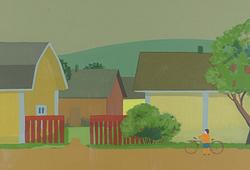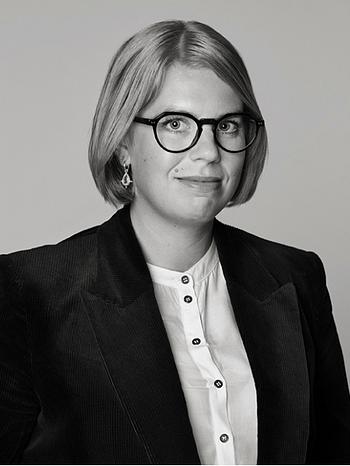Sven X:et Erixson
"Höstkväll på Götgatan"
Signed Sven Erixson and dated -37. Canvas 65 x 81 cm.
Alkuperä - Provenienssi
The Collection of dentist Bertil Claesson, Sundbyberg.
Näyttelyt
Sundbybergs Allmänna Konstförening, "Konst ur Sundbybergshem" 20-27 May, 1951.
Liljevalchs konsthall, Stockholm, "Sven Erixson", 12 October - 12 November, 1961, cat. no. 143.
Moderna Museet, Stockholm, "Sven Erixson", 1969, cat. no. 104.
Kunstnernes Hus, Oslo, "Sven Erixson Bror Hjorth", 20 January - 18 February, 1973, cat. no. 75.
Kirjallisuus
Sveriges Allmänna Konstförening Publikation lxxv, "Sven Erixsons konst", 1967, illustrated p. 111.
Listed in "X:et-sällskapets verkkatalog", 2003, year 1937, p. 31.
"Konst i svenska hem", vol. I, listed p. 279, included under collection no. 451 Dentist Bertil Claesson, Landsvägen 58, Sundbyberg.
Muut tiedot
Sven Erixson painted a few Stockholm scenes already during the 1920s – such as “Stockholms ström i marsgrått” (1927) – but it was only after his move to Urvädersgränd in 1931, and later to Bastugatan 15 in 1934, that he began in earnest to create a series of paintings from the capital, primarily focusing on the area around Slussen. It was the bustling life of the city that he wanted to capture above all, depicting what he himself saw and experienced. Here, he captured Stockholm’s changing seasons in works such as “Vårkväll, Stockholm” (1931), “Sommardag, Mosebacke torg” (1932), “Folkliv på Katarina kyrkogård” (1931), the wintry view from his studio at Urvädersgränd 9 in “Stad i ljus” (1932), and the auction lot “Höstkväll på Götgatan” (1937).
The area around Slussen was undergoing rapid transformation in the early 1930s. The new traffic system was developed between 1933 and 1935, while the old Katarinahissen was replaced by a new one. During this decade, Erixson painted at least twenty works depicting the Katarina Elevator and Slussen, several of which are now represented in the country’s leading museums.





























































